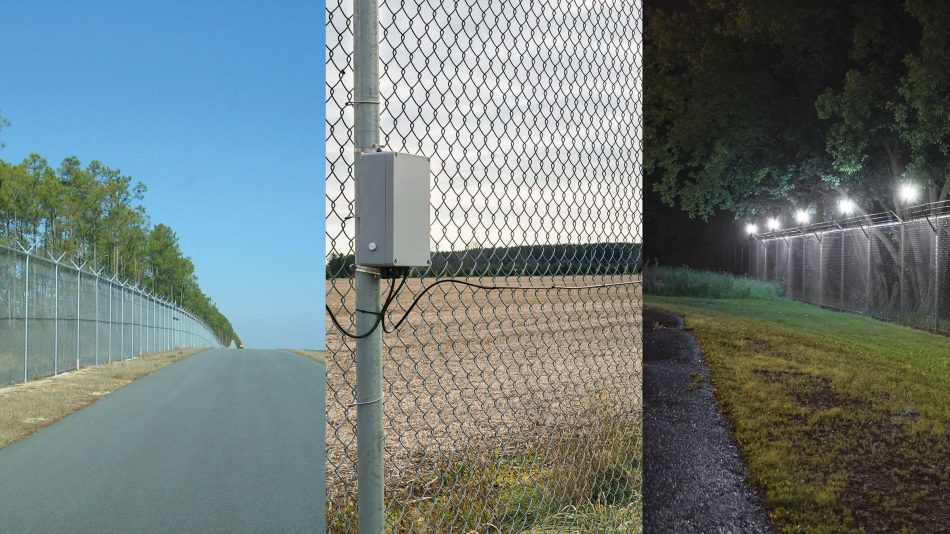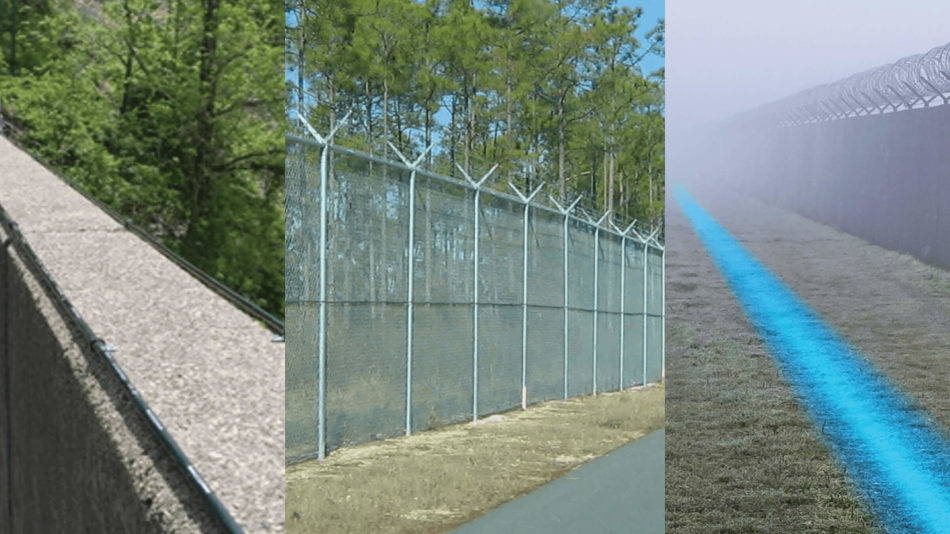Why Fiber Optic Safety Solutions Are the Future of Protection
The shift to fiber optic safety systems notes a considerable development in the world of protection, driven by their outstanding data transmission capabilities and resilience to exterior interferences. These systems not only facilitate faster and more dependable communication yet additionally offer a cost-efficient solution with lowered maintenance requirements. As the landscape of safety develops along with emerging modern technologies such as AI and IoT, the potential for fiber optics to boost and redefine safety frameworks ends up being increasingly evident. Nonetheless, the effects of these advancements increase essential concerns regarding the future of security actions and their performance in an ever-changing environment.
Advantages of Fiber Optic Solutions
One of the primary benefits of fiber optic systems is their remarkable bandwidth ability, which facilitates the transmission of large volumes of data over lengthy ranges without considerable loss. This particular is particularly beneficial for security applications that require the constant monitoring and transfer of high-def video feeds, sensor data, and various other vital info. Fiber optics can accommodate the expanding needs of modern safety systems, guaranteeing that data stays intact and trustworthy.
Additionally, fiber optic cables are less prone to electro-magnetic interference, which can be a considerable problem in environments with numerous electronic gadgets. This resistance boosts the integrity of the data being sent, thereby decreasing the threat of data violations or system failures. Fiber optic systems are naturally more secure than traditional copper cords, as touching into a fiber optic line without discovery is exceedingly hard.
The longevity of fiber optic cords additionally adds to their appeal. They are resistant to environmental factors such as moisture and temperature level changes, lowering maintenance prices and raising system longevity. Generally, these advantages position fiber optic systems as a robust and reliable option for modern-day protection facilities, ensuring trustworthy and safe and secure data transmission.
Improved Data Transmission Speed

The capability to send huge amounts of data quickly assists in the seamless combination of high-definition video feeds and advanced analytics. Security systems can currently process and examine details in real-time, enhancing feedback times and situational awareness. Additionally, fiber optic connections support longer transmission distances without degradation of signal high quality, making them suitable for extensive safety networks.
The increased rate of fiber optic systems not just improves the performance of safety and security procedures however additionally reduces latency. This is specifically essential in crucial circumstances where prompt decision-making can avoid safety breaches or mitigate potential threats. As organizations continue to focus on safety and security and effectiveness, the need for fast and reputable information transmission will certainly strengthen fiber optic systems as a cornerstone of modern protection framework.
Resistance to Disturbance
Fiber optic safety systems consistently show extraordinary resistance to electro-magnetic disturbance, a critical benefit in settings susceptible to electronic sound. Unlike standard copper cords, which can be negatively affected by electro-magnetic fields, superhigh frequency interference, and other types of electric disruption, fiber optic cable televisions make use of light to transmit information. This integral home ensures that the signals stay clear and unaltered, no matter bordering electronic activity.
The use of glass or plastic fibers in fiber optic modern technology creates an obstacle versus disturbance, allowing for dependable information transmission also in challenging scenarios such as commercial facilities, urban areas with high electronic web traffic, or Homepage places near radio towers. This characteristic dramatically reduces the possibility of signal deterioration or loss, making fiber optic systems particularly ideal for security applications where integrity and precision of information are vital.
Moreover, this resistance to disturbance improves the general efficiency and reliability of protection systems, making sure that tracking and sharp systems work perfectly. In a globe where protection is progressively intimidated by advanced technologies, the strength of fiber optic systems sticks out as a pivotal attribute, reinforcing their standing as a vital part of modern protection framework.
Cost-Effectiveness In Time
Significant expense financial savings can be achieved over time with the implementation of fiber optic security systems. While the initial financial investment may appear greater contrasted to typical copper-based systems, the long-term monetary benefits become obvious through reduced functional and upkeep expenses (fiber security). Fiber optic cable televisions are inherently more sturdy and much less prone to environmental factors, which translates to decrease substitute and repair work expenses over their life-span
Additionally, fiber optic systems require much less power to run, which even more lowers energy expenses. Enhanced data transmission capacities permit less repeaters and amplifiers, minimizing devices financial investment and enhancing installation processes. The scalability of these systems additionally adds to cost-effectiveness, as organizations can broaden their security facilities without sustaining substantial additional costs.
An additional factor to think about is the raised efficiency in monitoring and feedback capabilities that fiber optics provide. Improved real-time data transmission can cause quicker incident action times, potentially mitigating losses and responsibilities connected with safety and security breaches. In sum, the long-term advantages of fiber optic safety and security systems not only validate the preliminary expense yet additionally place them as a financially prudent option for organizations seeking robust security options.

Future Developments in Safety And Security
Progressing modern technologies are established to revolutionize safety and security systems, integrating expert system (AI) and device learning to improve danger discovery and feedback abilities. These developments will enable safety systems to assess vast quantities of information in real-time, recognizing patterns and abnormalities that show possible threats. This proactive approach will enable faster decision-making and more effective incident reactions.
Additionally, the incorporation of the Internet of Things (IoT) is paving the means for interconnected security tools, supplying thorough security and surveillance. Smart sensing units can communicate information about environmental adjustments, while automated signals can inform safety workers right away of suspicious activities.
In addition, the advancement of biometric innovations will even more bolster protection devices. Face recognition, fingerprint scanning, and retina recognition are ending up being much more sophisticated, providing layers of verification that are tough to bypass.
Final Thought
Finally, fiber optic security systems stand for a visit this site considerable advancement in defense innovation, offering unparalleled information transmission rate, resistance to electro-magnetic interference, and long-term cost-effectiveness. As the demand for advanced protection options proceeds to grow, the integration of optical fiber with arising technologies such as AI, IoT, and biometrics will further improve security frameworks (fiber security). The mix of these innovations will make sure an extra page protected and receptive environment, solidifying optical fiber as a foundation of future protection systems